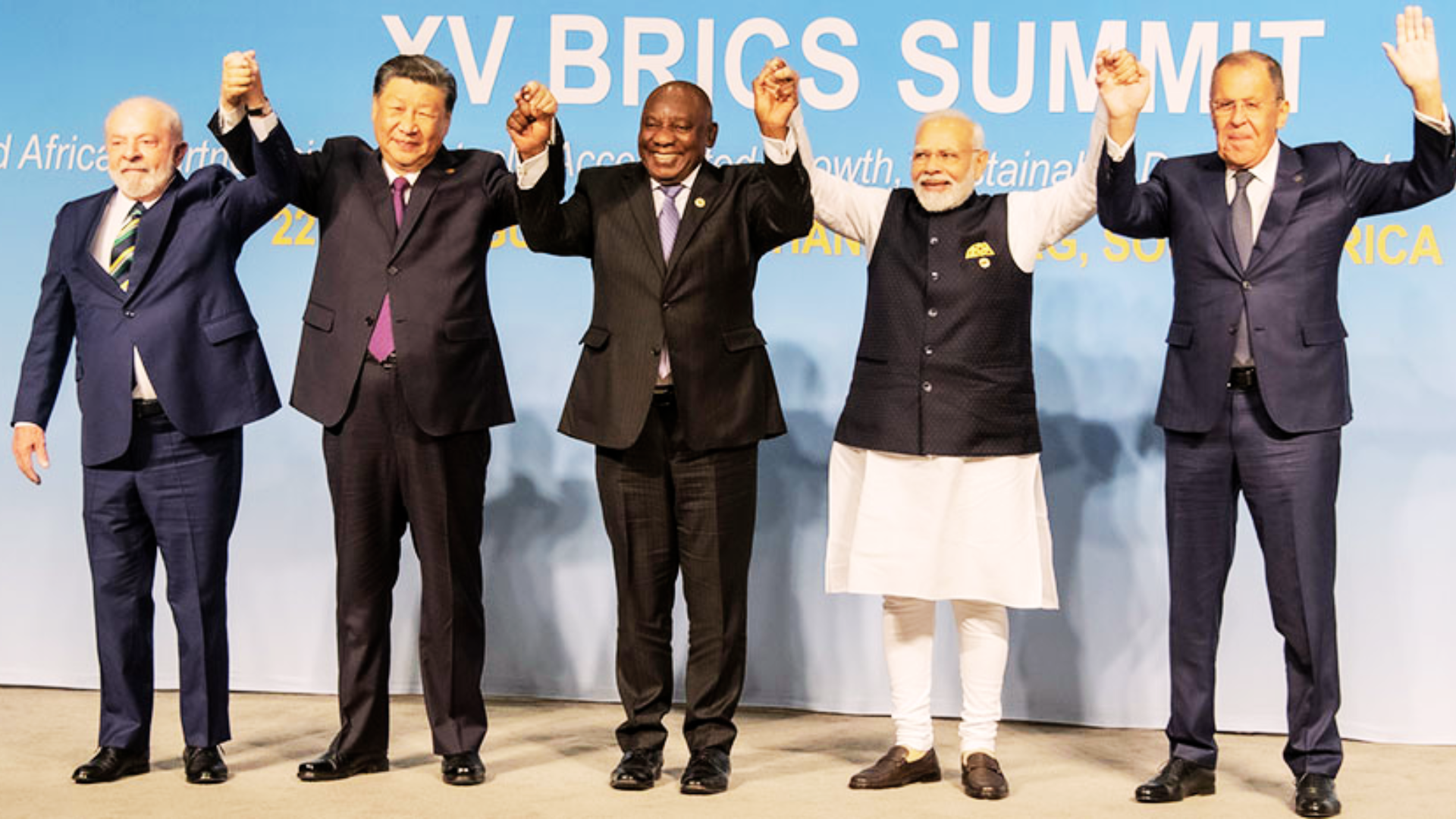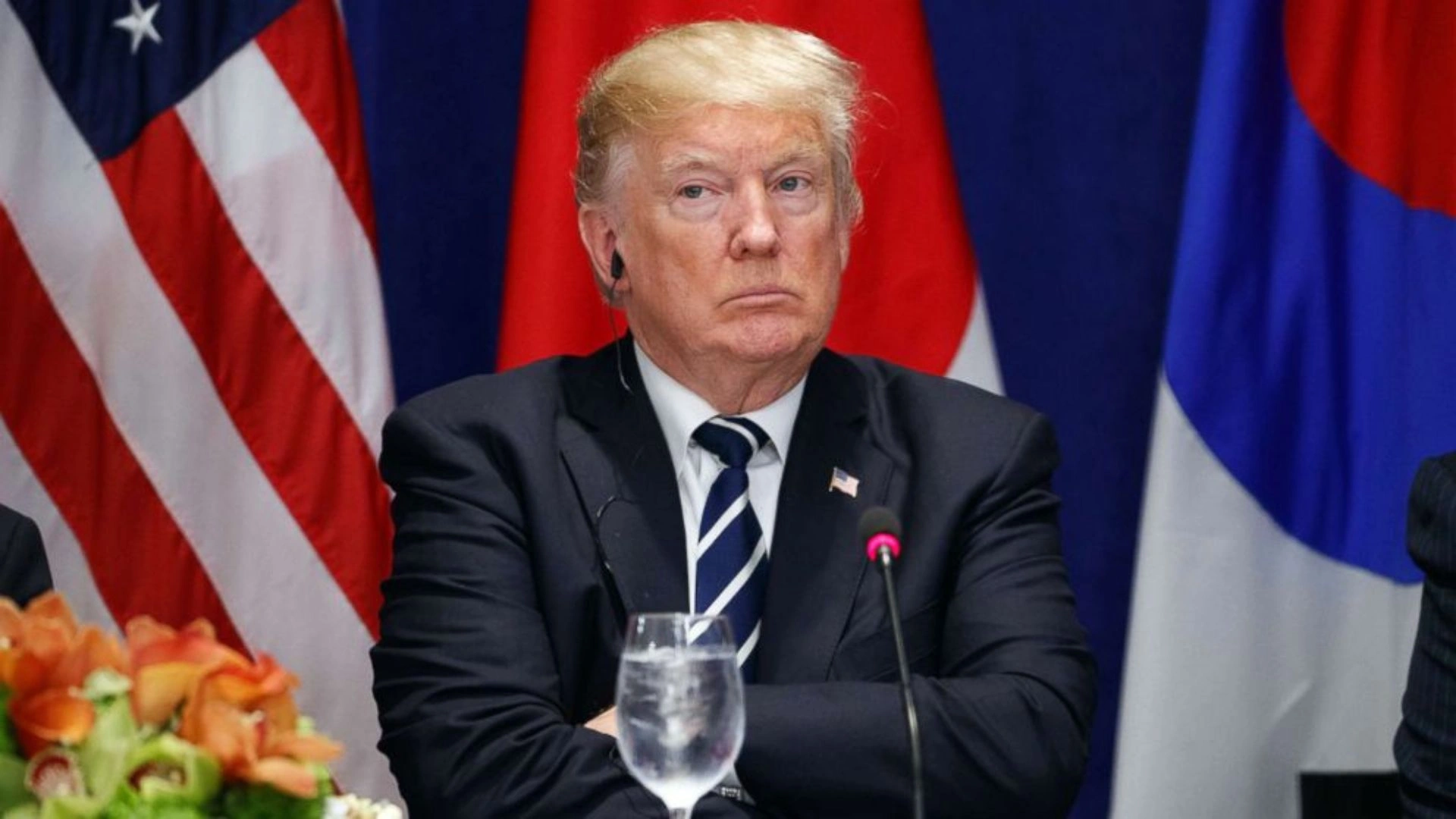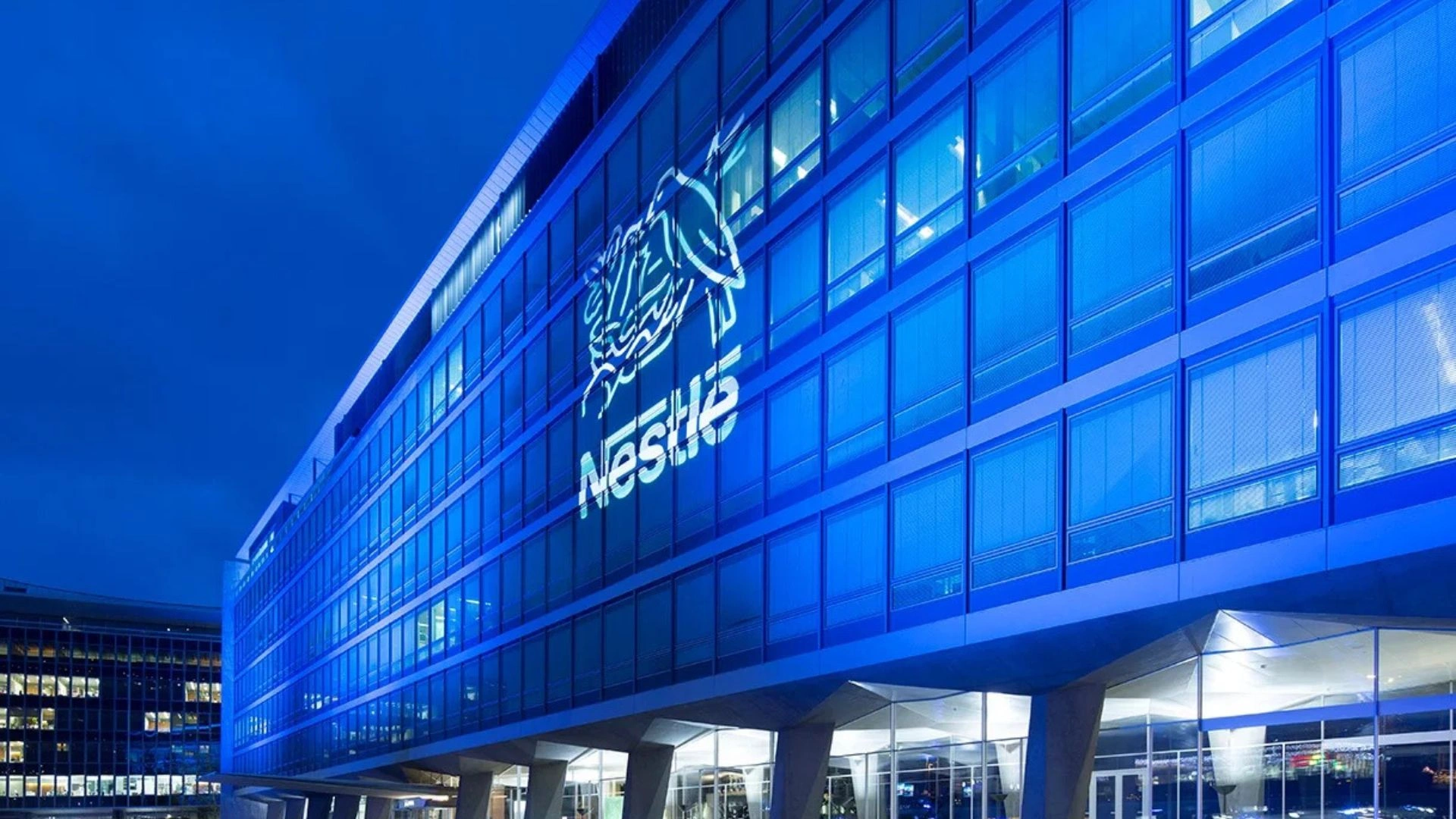Sri Lankan Foreign Minister Ali Sabry expressed Sri Lanka’s interest in joining the BRICS grouping on Monday, highlighting the significance of India’s participation in the group. He remarked on the BRICS’ growing influence and mentioned that Sri Lanka would seek India’s support before formally applying to join.
“We will look forward to BRICS. The cabinet has appointed a sub-committee to evaluate this and make recommendations. We want multiple options, and BRICS is a good body, particularly with India’s involvement,” Sabry said.
Sabry emphasized that the first country Sri Lanka would approach for support in joining BRICS would be India. He mentioned his upcoming participation in the BRICS foreign ministers meeting in Russia, noting, “I have been invited to the BRICS foreign ministers meeting in Russia. I hope to be there to assess the situation further. Personally, I believe we should seriously consider BRICS.”
Russia assumed the chairmanship of BRICS on January 1, 2024. The organization, comprising Brazil, Russia, India, China, and South Africa, recently welcomed new members: Egypt, Ethiopia, Iran, and the United Arab Emirates. The inclusion of these countries underscores BRICS’ increasing authority and its pivotal role in international affairs.
When asked about high-level visits from India, Sabry mentioned that Sri Lankan President Ranil Wickremesinghe visited India recently, and they are now looking forward to hosting the Indian Prime Minister and a high-level delegation in Sri Lanka. “We are looking forward to the visit of the Indian Prime Minister as soon as possible. My president visited India last year, so now it’s the Indian Prime Minister’s turn to visit Sri Lanka,” Sabry said.
He added, “We hope for a high-level delegation, including a powerful business delegation, to accompany the honourable Prime Minister. This visit will further strengthen our relationship, which is currently at an all-time high.”
President Wickremesinghe’s visit to India on July 21, 2023, was his first since assuming office. During the visit, he met President Droupadi Murmu and held discussions with Prime Minister Narendra Modi and other Indian dignitaries on various issues of mutual interest. The visit reinforced the long-standing friendship between the two countries and explored avenues for enhanced connectivity and mutually beneficial cooperation across sectors.
READ MORE : Impact of Ebrahim Raisi’s Death on Oil, Gold and Stocks
Sri Lanka is a key partner in India’s Neighbourhood First Policy and Vision SAGAR (Security and Growth for All in the Region). The relationship between the two nations has deep historical roots, dating back to ancient times with cultural and religious ties. In recent decades, both countries have worked towards strengthening economic, political, and security collaborations.
The BRICS grouping, formed in 2009 with Brazil, Russia, India, and China (with South Africa joining in 2010), aims to enhance cooperation among emerging economies. The inclusion of new members such as Egypt, Ethiopia, Iran, Saudi Arabia, and the UAE marks a significant expansion, reflecting BRICS’ growing influence and strategic importance in global geopolitics.
Sri Lanka’s potential inclusion in BRICS could open new avenues for economic and political collaboration, further integrating it into the global economy and enhancing its diplomatic clout. The move aligns with Sri Lanka’s broader strategy to diversify its international partnerships and strengthen its global standing.




















